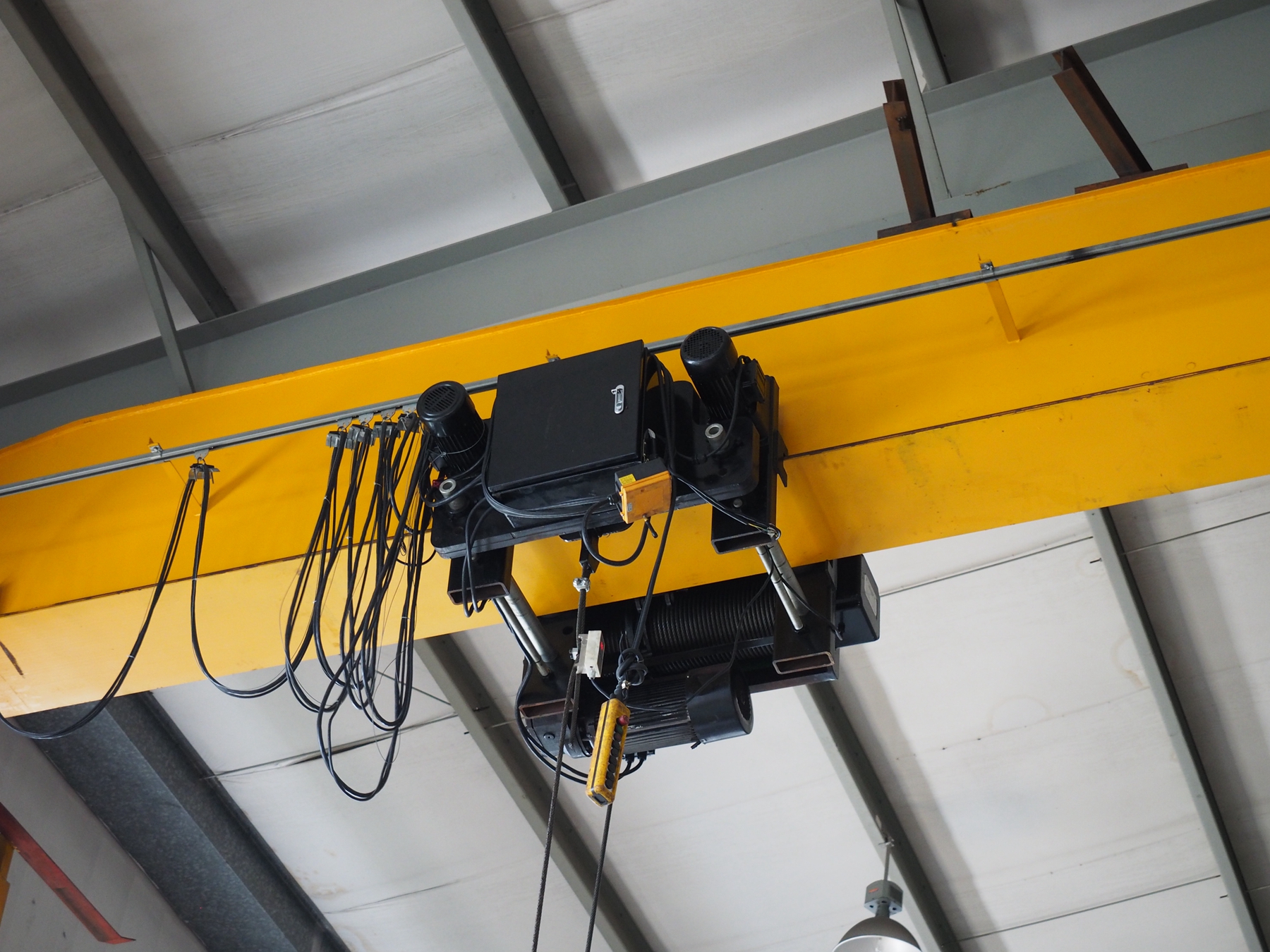A low headroom wire rope hoist, also known as a low headroom trolley hoist or low clearance wire rope hoist, is a type of lifting equipment designed for use in applications with limited vertical clearance above the load. These hoists are specifically engineered to work in areas where traditional hoists with higher headroom requirements cannot be accommodated. They are commonly used in industrial settings, manufacturing facilities, and construction sites where space constraints are a concern.
Key features and characteristics of a low headroom wire rope hoist include:
- Compact Design: Low headroom hoists are designed to have a reduced vertical profile, allowing them to fit into tight spaces with limited overhead clearance. This compact design is achieved by minimizing the space between the hoist's top hook or attachment point and the uppermost part of the hoist body.
- Wire Rope: These hoists utilize wire ropes made of high-strength steel or other durable materials to lift and lower loads. The wire rope is wound onto a drum, which is powered by an electric motor.
- Electric Motor: Low headroom wire rope hoists are typically electrically powered, with a motor that provides the lifting force. Electric hoists offer precise control and are easy to operate.
- Load Capacity: These hoists come in various load capacity ratings, ranging from a few hundred pounds to several tons, allowing them to handle a wide range of lifting tasks.
- Control Options: Operators can control the hoist using various methods, including pendant controls, push-button controls, or remote controls, depending on the specific model.
- Safety Features: Low headroom hoists are equipped with safety features such as overload protection to prevent lifting loads beyond their rated capacity, limit switches to prevent over-travel, and emergency stop buttons for immediate shutdown in case of an emergency.
- Attachment Options: They can be equipped with various types of hooks, attachments, or trolley systems to suit the specific needs of the application.
- Trolley System: In many cases, low headroom wire rope hoists are used in combination with trolley systems that allow for horizontal movement of the load. Trolley systems can be manual or motorized, depending on the requirements.
- Duty Cycle: The duty cycle of the hoist indicates the amount of time it can operate continuously without overheating. Different hoists are designed for different duty cycles, with some suitable for continuous use and others for intermittent use.
- Versatility: Low headroom wire rope hoists are versatile and can be used in various lifting and material handling applications, including in confined spaces, production lines, and maintenance tasks.
When selecting a low headroom wire rope hoist, it's essential to consider factors such as load capacity, control options, safety features, and compatibility with the available space and attachment points. Proper training and adherence to safety guidelines are crucial when operating these hoists to ensure safe and efficient lifting operations, especially in environments with limited overhead clearance.



